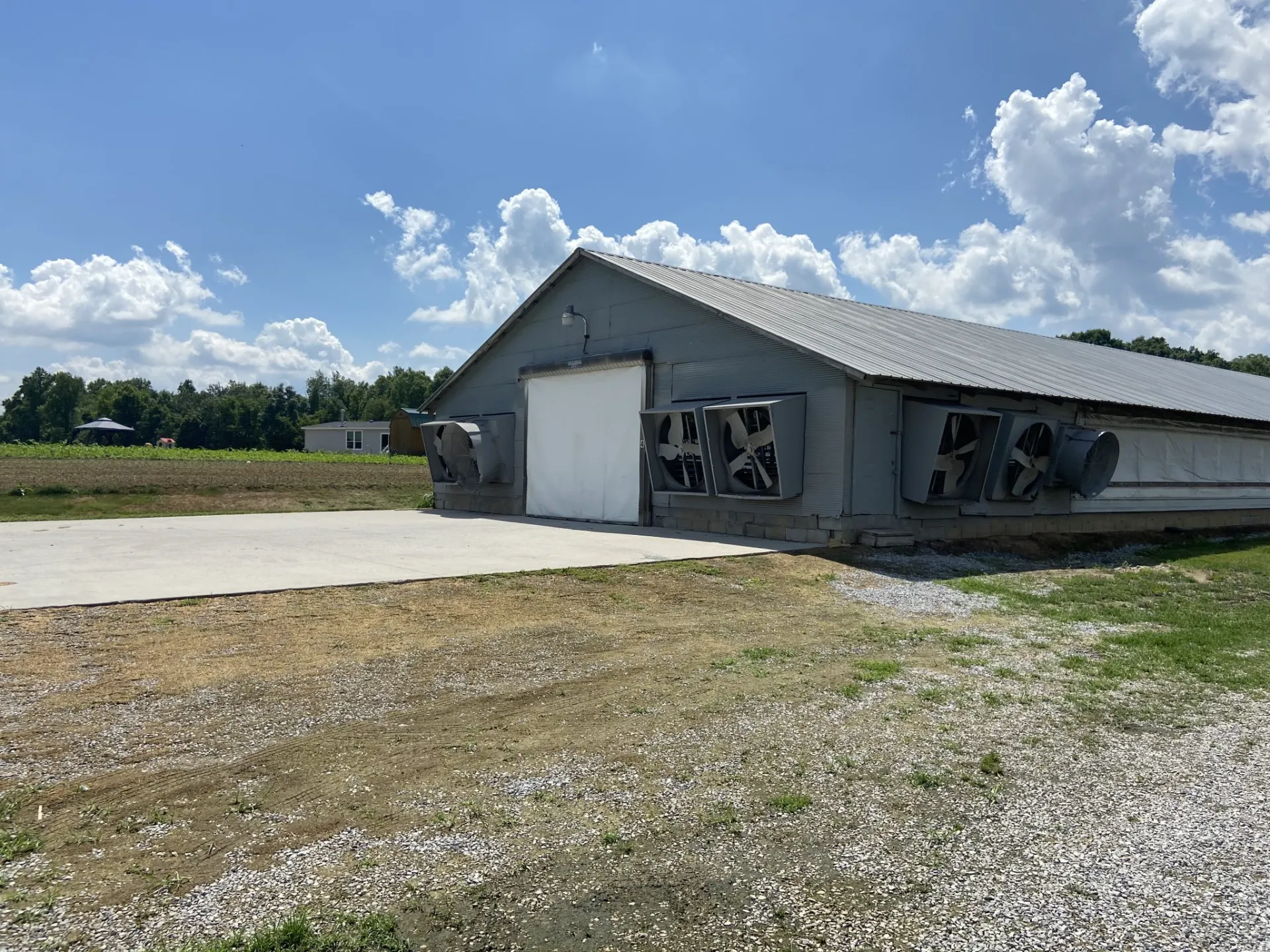- Afrikaans
- Albanian
- Amharic
- Arabic
- Armenian
- Azerbaijani
- Basque
- Belarusian
- Bengali
- Bosnian
- Bulgarian
- Catalan
- Cebuano
- Corsican
- Croatian
- Czech
- Danish
- Dutch
- English
- Esperanto
- Estonian
- Finnish
- French
- Frisian
- Galician
- Georgian
- German
- Greek
- Gujarati
- Haitian Creole
- hausa
- hawaiian
- Hebrew
- Hindi
- Miao
- Hungarian
- Icelandic
- igbo
- Indonesian
- irish
- Italian
- Japanese
- Javanese
- Kannada
- kazakh
- Khmer
- Rwandese
- Korean
- Kurdish
- Kyrgyz
- Lao
- Latin
- Latvian
- Lithuanian
- Luxembourgish
- Macedonian
- Malgashi
- Malay
- Malayalam
- Maltese
- Maori
- Marathi
- Mongolian
- Myanmar
- Nepali
- Norwegian
- Norwegian
- Occitan
- Pashto
- Persian
- Polish
- Portuguese
- Punjabi
- Romanian
- Russian
- Samoan
- Scottish Gaelic
- Serbian
- Sesotho
- Shona
- Sindhi
- Sinhala
- Slovak
- Slovenian
- Somali
- Spanish
- Sundanese
- Swahili
- Swedish
- Tagalog
- Tajik
- Tamil
- Tatar
- Telugu
- Thai
- Turkish
- Turkmen
- Ukrainian
- Urdu
- Uighur
- Uzbek
- Vietnamese
- Welsh
- Bantu
- Yiddish
- Yoruba
- Zulu
дец . 20, 2024 08:05 Back to list
Cold-Formed Steel Structures An Overview
Cold-formed steel structures have become an increasingly popular choice in modern construction due to their lightweight nature, high strength-to-weight ratio, and manufacturing efficiency. Unlike traditional hot-rolled steel, which is processed at high temperatures, cold-formed steel (CFS) is shaped at room temperature and offers a wide range of applications in both residential and commercial buildings.
Manufacturing Process
The manufacturing of cold-formed steel involves several steps. Initially, flat steel sheets or coils are cut, shaped, and then cold-bent into the desired configuration. This process often results in sections that are thinner than hot-rolled steel, yet they benefit from a higher yield strength. The most common profiles used in cold-formed steel construction are C-sections, Z-sections, and hollow sections, which can be joined together using various techniques such as welding, bolting, or riveting.
The ability to produce customized forms quickly and efficiently is one of the significant advantages of cold-formed steel. Modern manufacturing technology allows for precision in dimension and material qualities, making it easier for engineers and architects to design intricate structural systems that meet specific project requirements.
Structural Advantages
One of the primary advantages of using cold-formed steel is its high strength-to-weight ratio. This characteristic makes it an excellent choice for load-bearing walls, floor joists, and roof trusses, providing substantial structural support while minimizing the overall weight of the building. As a result, cold-formed steel structures can be erected more quickly and with fewer resources compared to traditional construction methods.
Additionally, CFS has inherent resistance to factors such as pests, rot, and mold, enhancing the durability and lifespan of structures. This resilience is particularly advantageous in regions susceptible to termites or extreme weather conditions. Moreover, cold-formed steel is recyclable, aligning with the increasing emphasis on sustainability and eco-friendly construction practices.
Design Flexibility
cold formed steel structures

Cold-formed steel structures offer remarkable design flexibility. The material can be easily integrated with various other building materials, such as concrete and wood, allowing for hybrid construction methods. This versatility enables architects to create innovative designs that are aesthetically pleasing while also meeting rigorous structural standards.
Furthermore, CFS can be used in both load-bearing and non-load-bearing applications. It is suitable for the framing of walls, floors, roofs, and even in the construction of complex architectural features. The lightweight nature of cold-formed steel simplifies the logistics of construction, minimizing the need for heavy machinery and reducing labor costs.
Codes and Standards
With the rise in the use of cold-formed steel structures, various codes and standards have been established to ensure safety and performance. In the United States, the American Institute of Steel Construction (AISC) and the American Iron and Steel Institute (AISI) provide guidelines for the design and use of cold-formed steel. Adhering to these standards helps engineers ensure that structures will withstand the specified loads, including wind and seismic forces.
Designing with cold-formed steel also requires a standard methodology for considering aspects such as buckling and lateral-torsional stability. As cold-formed steel tends to have slender cross-sections, proper analysis is crucial to prevent failures.
Future Trends
As architects, engineers, and builders continue to embrace sustainable practices and advanced technologies, cold-formed steel is likely to play an even more significant role in future construction projects. Innovations such as improved coatings and treatments for corrosion resistance, along with advancements in manufacturing processes, will enhance the usage and applications of cold-formed steel.
In conclusion, cold-formed steel structures represent a modern solution to construction challenges. Their lightweight nature, strength, design flexibility, and sustainability attributes ensure that CFS will remain a vital component in the evolving landscape of modern architecture and engineering. As research and development continue to advance, the potential for cold-formed steel in the construction industry is promising, paving the way for more efficient and eco-friendly structures.
-
Cold Formed Steel Residential Framing
NewsMay.21,2025
-
Innovative Steel Structure Building Solutions
NewsMay.19,2025
-
Innovative Prefab Metal Shed Solutions
NewsMay.19,2025
-
Durable Steel Horse Shelter Solutions
NewsMay.19,2025
-
Durable Metal Shed Solutions
NewsMay.19,2025
-
Durable Big Metal Shed Solutions
NewsMay.19,2025
Products categories
Our Latest News
We have a professional design team and an excellent production and construction team.












